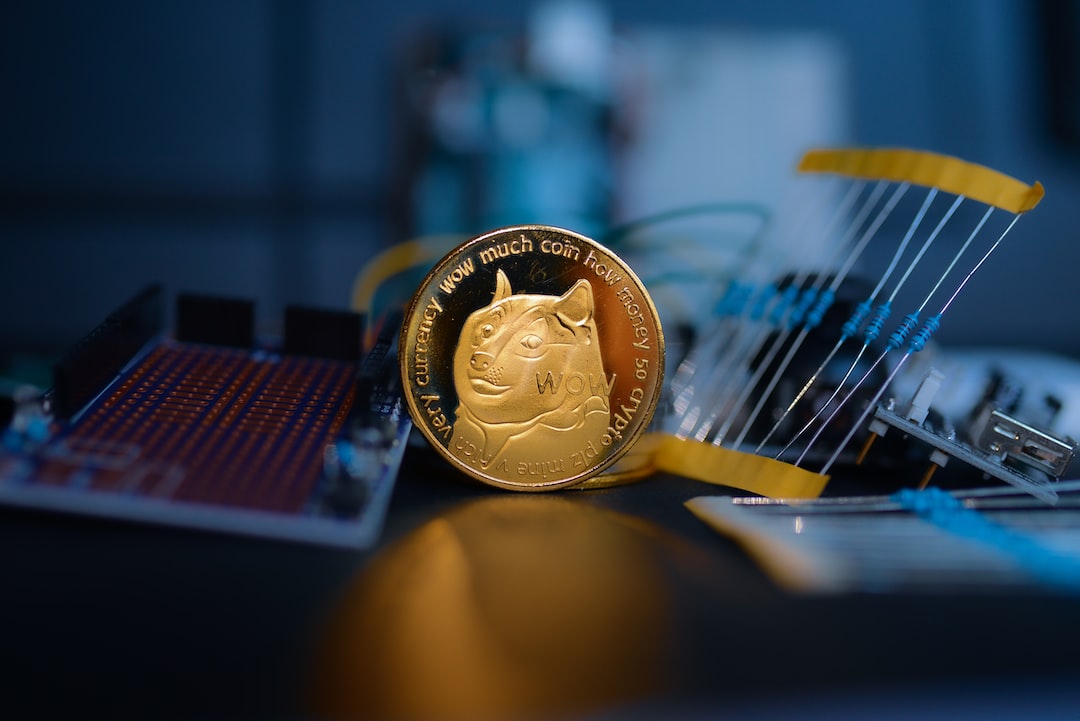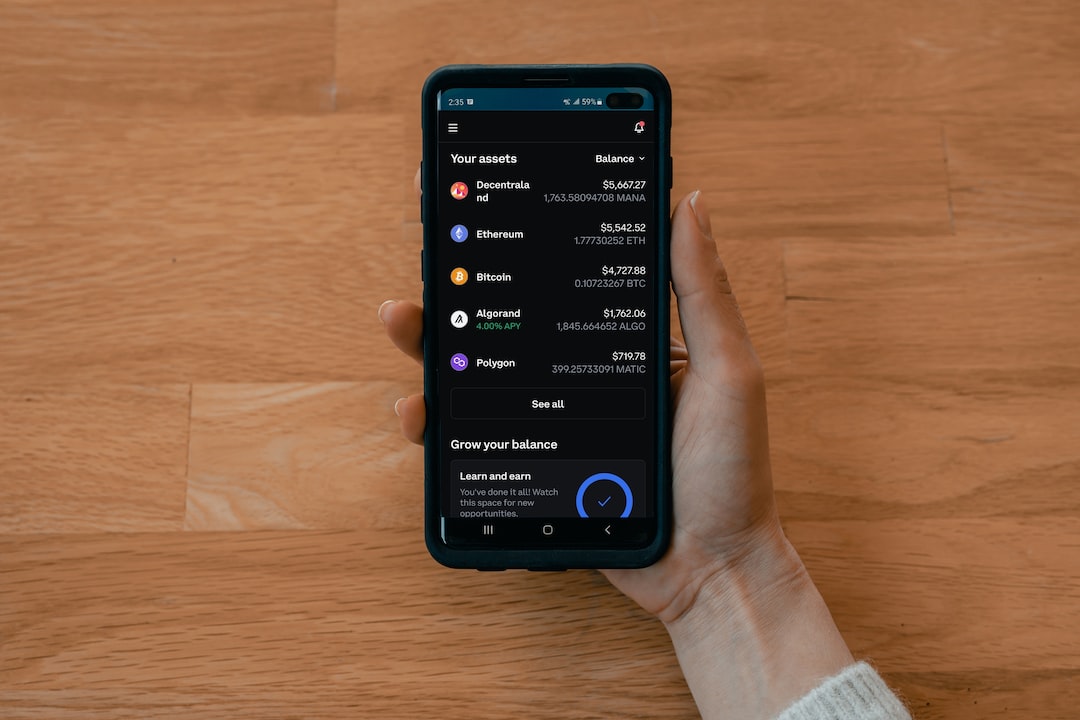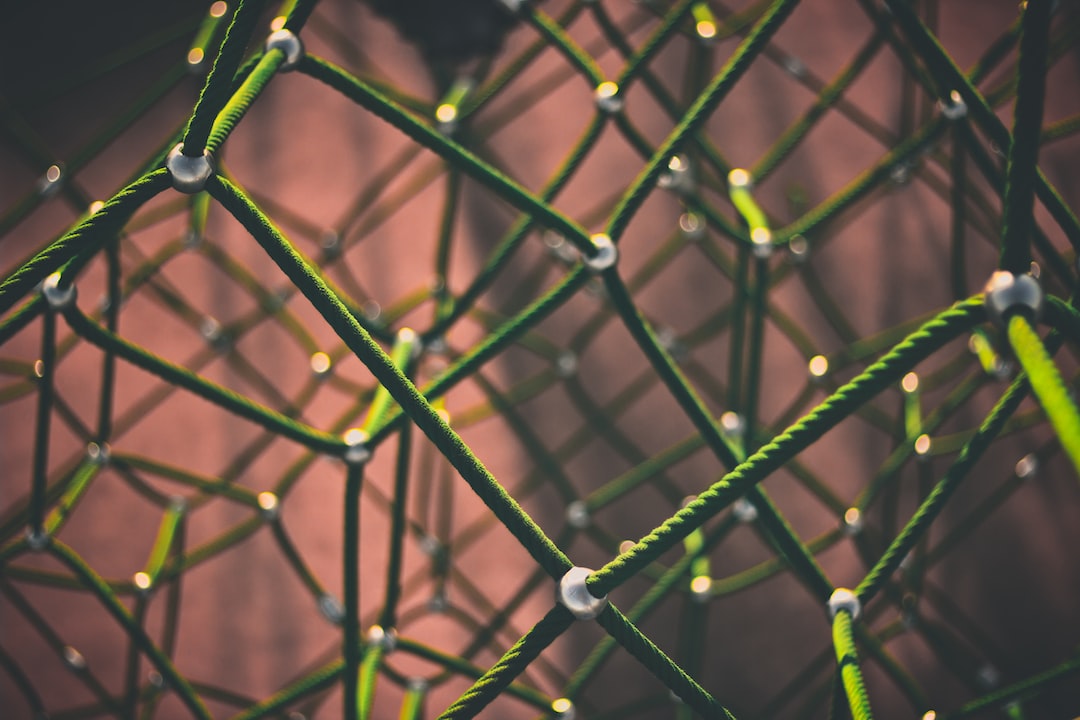New Research Shows Parallels Between AI Transformers and Human Neurobiology
Electronic neural networks, a fundamental concept in artificial intelligence, have long been inspired by biological neurons. However, new research suggests that there are unexpected similarities between AI transformers and human neurobiology. Scientists from MIT, the MIT-IBM Watson AI Lab, and Harvard Medical School propose that biological astrocyte-neuron networks could mimic the core computations of transformers. Astrocytes, which support and regulate neurons, communicate with neurons through chemicals, electricity, and touch. Meanwhile, AI transformers, such as ChatGPT, have the ability to directly access all inputs using self-attention. The researchers focused on tripartite synapses, where astrocytes form connections between presynaptic and postsynaptic neurons. Through mathematical modeling, they demonstrated how astrocytes’ integration of signals over time could provide the spatial and temporal memory required for self-attention. These findings suggest the potential for building an organic transformer using calcium signaling between astrocytes and neurons.
Key points:
– Electronic neural networks draw inspiration from biological neurons.
– Astrocyte-neuron networks can mimic the computations of AI transformers.
– Astrocytes support and regulate neurons through various means of communication.
– AI transformers directly access all inputs using self-attention.
– Tripartite synapses and astrocytes’ integration of signals could provide the necessary memory for self-attention.
Hot Take:
This research highlights the fascinating parallels between AI transformers and human neurobiology. By exploring the potential computational power of astrocytes, we may unlock new possibilities for artificial intelligence. The integration of biological principles into AI systems could lead to advancements in generative models and overall AI capabilities. The convergence of neuroscience and AI continues to provide exciting opportunities for innovation and understanding the complexities of the human brain.





 By
By
 By
By
 By
By
 By
By
